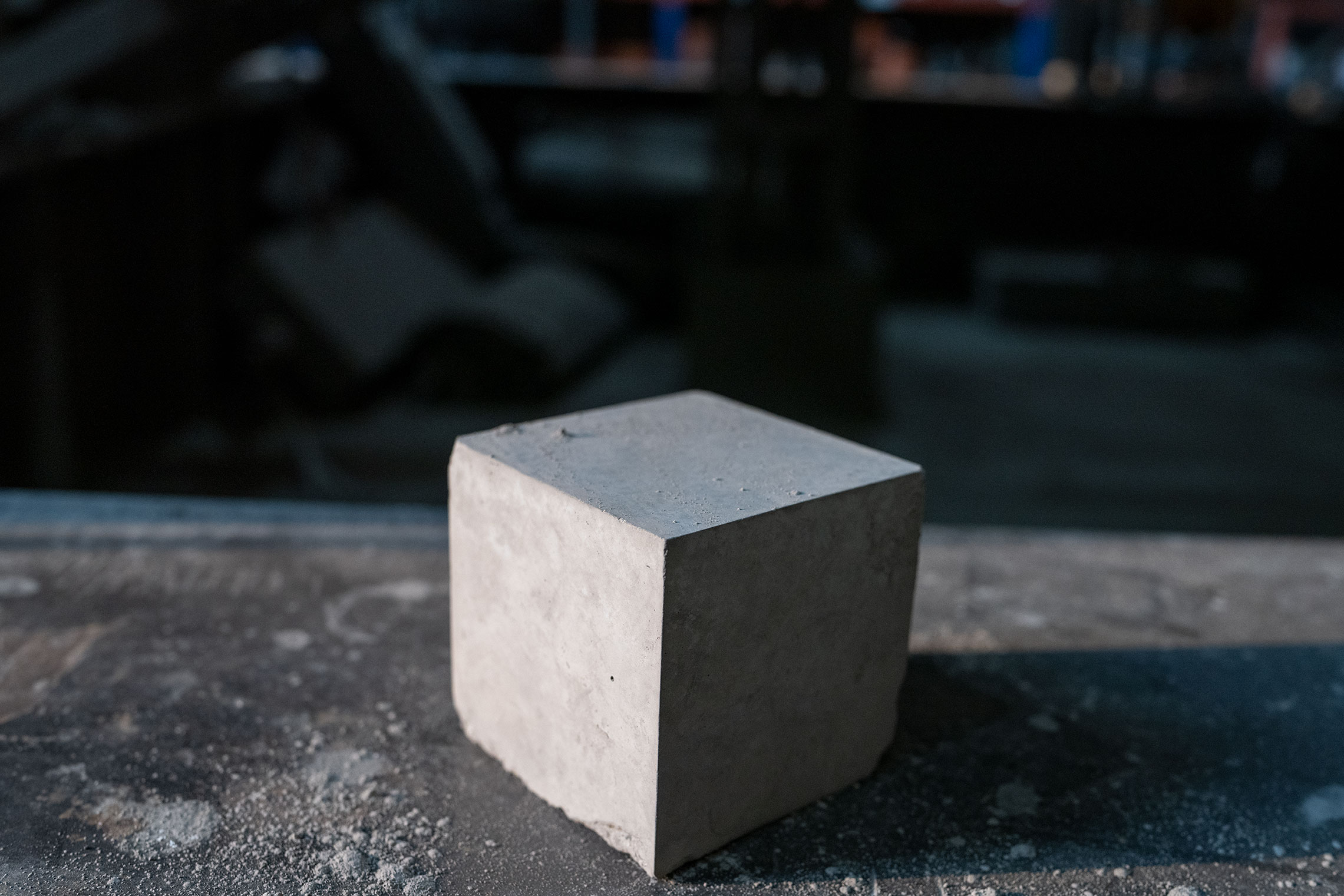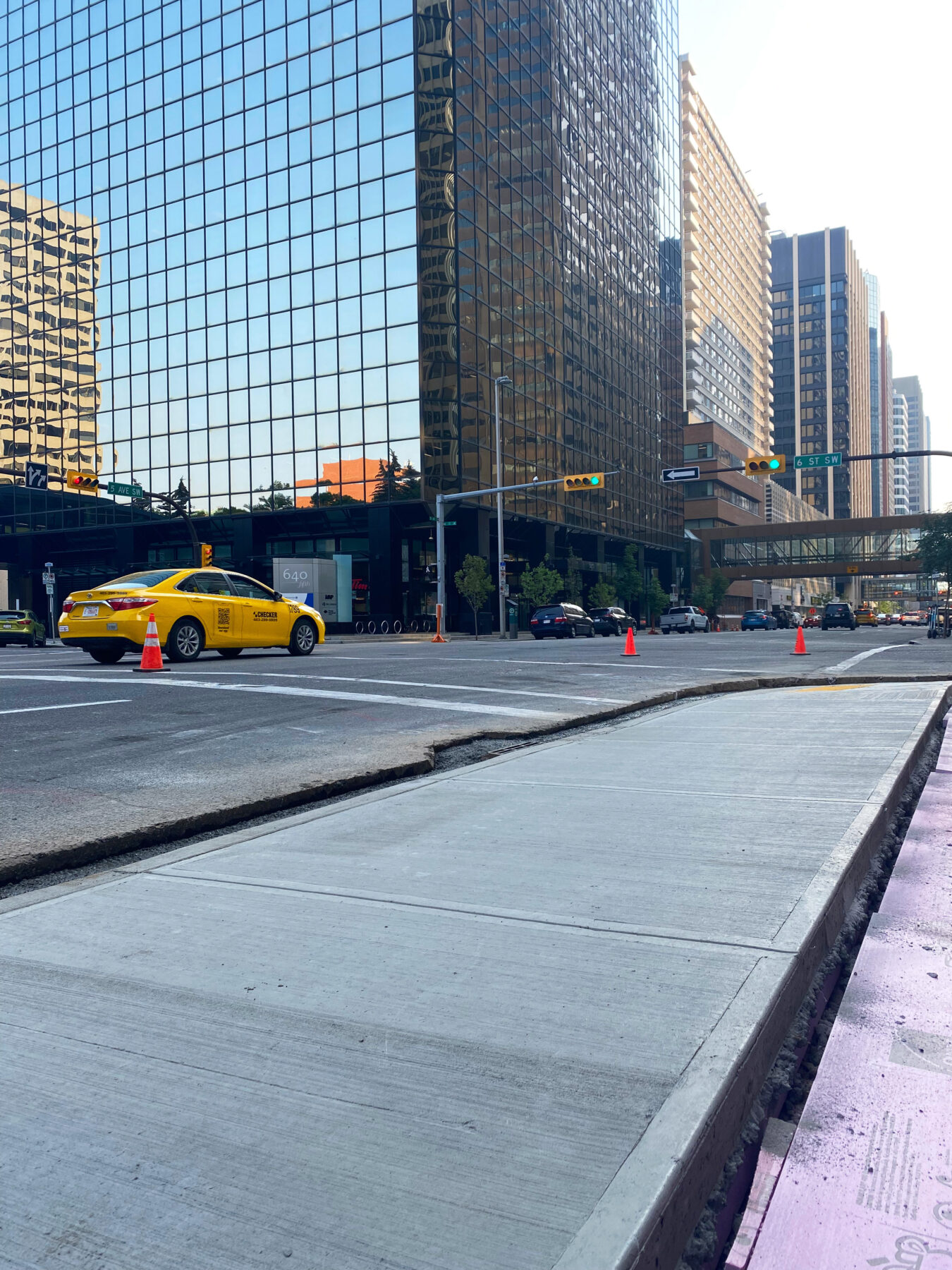From waste to worth: Is Upcycled Cement the solution to supply chain gaps in the industrial sector?
Carbon Upcycling is leading the charge to secure supply chains, reduce emissions and boost performance for Canadian concrete.

Low-Carbon Concrete made with Carbon Upcycling’s CUT-Ash solution.
Concrete is the most abundant, man-made material on earth. Its strength and versatility make it essential for foundations, bridges, roads, walls, floors, tunnels, precast products, and more. Yet demand is expected to soar, with the global cement market projected to double by 2060 compared to 2020. To put this into perspective, it’s like building the equivalent of New York City every month for the next 40 years.
A two-pronged problem
Cement suppliers are struggling to keep up. Mix that in with supply chain disruptions and skyrocketing demand, and you’ve got a recipe for project delays and rising costs. Even if demand could be met, the industry faces another major challenge: its environmental impact. While concrete is the backbone of modern construction, its cement content contributes to approximately 8% of global CO₂ emissions.
Forming a circle
There may be a solution that tackles both issues at once. Carbon Upcycling, a Canadian-based company, is revolutionizing the cement industry by turning industrial waste into advanced, low-carbon cement products. Their innovative technology not only reduces emissions but also provides a reliable domestic supply of critical materials. This approach creates industrial synergies, upcycles waste, and helps developers meet sustainability goals without sacrificing quality or cost.
“Billions of tonnes of industrial byproducts are sitting unused in our environment,” said Madison Savilow, Carbon Upcycling’s Director of Corporate & External Affairs. “Our process transforms these low-cost, low-grade materials into a reliable and domestically produced supply, reducing reliance on foreign imports and creating local jobs.”
Carbon Upcycling’s concept is simple: repurpose waste from other industries like steel, mining, and energy and turn them into low-carbon cement products. This is achieved using a patented process where large catalytic systems exfoliate industrial waste particles and bind them to CO2 sources. The result is an enhanced cement product that can be blended directly into mix designs. By transforming industrial waste that would otherwise end up in landfills, this creates a circular economy, helping the cement industry reduce its carbon footprint and create more sustainable building materials.

Less dependence, more strength
“This approach aligns economic priorities with global sustainability goals,” said Savilow. “It enables communities to source materials and labour locally, reducing supply chain vulnerability and embodied carbon while fostering a robust local economy.”
It doesn’t just help the planet. Creating materials in Canada’s backyard cuts domestic manufacturers’ reliance on foreign material imports by enhancing untapped, local materials into low-carbon cement products – onshoring supply chains and keeping jobs local.
It also results in better performance. The process enhances material strength and reactivity, enabling low-carbon cement blends that meet or exceed North American and European standards at scale and cost parity – boosting early concrete strength by up to 40% and improving climate resilience.
Hitting the road
Research and lab tests only go so far. Carbon Upcycling has also thrown its product up against others on real projects in some of the most challenging environments in North America.
Last year they delivered ~1000 tonnes of CO₂-enhanced fly ash to BURNCO Rock Products Ltd. as part of a groundbreaking initiative to deploy low-carbon concrete in the City of Calgary. An additional 2,000+ tonnes of CO₂-enhanced material have also been deployed across the province, including sidewalks, housing foundations, slabs, pathways at Telus Spark, and gutters at the Calgary Zoo.
They also recently hit the three-year check point on a multi-year study with the Minnesota Department of Transportation (MnDOT) and the National Road Research Alliance (NRRA) on the use of low-carbon cement in highways. The results highlight Carbon Upcycling’s ability to be a drop-in solution for reducing carbon-intensive cement in concrete without changing its workability.
